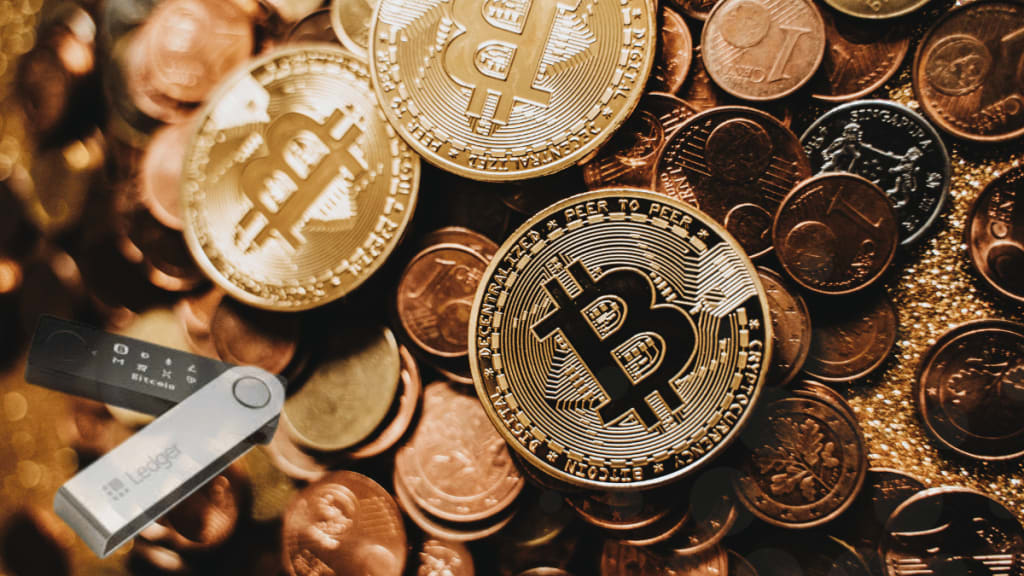Multi-Chain Token Development: A Comprehensive Guide
Discover the ins and outs of multi-chain token development in this comprehensive guide. Learn how to create and manage tokens on multiple blockchains, ensuring seamless cross-platform functionality and enhanced security.

In the fast-evolving world of blockchain technology, multi-chain token development has emerged as a game-changer. With the rising popularity of decentralized finance (DeFi) and non-fungible tokens (NFTs), the demand for cross-chain compatibility and increased security has never been higher. This article will provide you with an in-depth understanding of multi-chain token development, its benefits, challenges, and how to navigate through the process successfully.
What are Multi-Chain Tokens?
Multi-chain tokens are digital assets that exist and operate on more than one blockchain network. Unlike traditional tokens that are confined to a single blockchain, multi-chain tokens leverage the interoperability of various blockchain platforms. This feature enables seamless transactions and transfers between different ecosystems, fostering enhanced liquidity and accessibility.
The rise of multi-chain tokens has been instrumental in addressing the challenges of scalability and network congestion faced by some blockchains. By distributing token operations across multiple chains, developers can alleviate the strain on individual networks, leading to improved transaction speeds and cost-effectiveness.
Advantages of Multi-Chain Token Development
a) Cross-Platform Functionality: Multi-chain tokens allow users to interact with decentralized applications (dApps) on different blockchain networks without the need for conversions. This compatibility significantly enhances the overall user experience.
b) Risk Mitigation: By deploying tokens across multiple blockchains, developers can reduce the risk of a single point of failure. If one blockchain faces technical issues or security breaches, the token's value and functionality remain unaffected on other chains.
c) Wider Market Reach: Multi-chain tokens can tap into the user bases of multiple blockchain ecosystems, reaching a broader audience and potentially increasing token adoption.
Challenges in Multi-Chain Token Development
Despite the numerous benefits, multi-chain token development comes with its own set of challenges:
a) Interoperability Complexity: Ensuring seamless communication and compatibility between different blockchains can be technically demanding, requiring comprehensive cross-chain solutions.
b) Consensus Mechanism Variance: Different blockchains employ various consensus mechanisms, making it challenging to maintain uniform token behavior across all platforms.
c) Security Considerations: Operating on multiple blockchains increases the attack surface, necessitating robust security measures to protect the tokens and their holders.
Creating Multi-Chain Tokens
The process of creating multi-chain tokens involves the following steps:
a) Token Design: Define the token's purpose, supply, and distribution mechanisms. Consider the specific requirements of each blockchain to ensure compatibility.
b) Smart Contract Development: Create smart contracts tailored to each blockchain's programming language and consensus rules. Perform rigorous testing to identify and fix potential vulnerabilities.
c) Deploying Tokens: Once the smart contracts are ready, deploy the tokens on their respective blockchains. Carefully audit the deployments to prevent issues during token migration.
Managing Multi-Chain Tokens
Managing multi-chain tokens requires efficient monitoring and governance:
a) Token Bridge Development: Establish secure bridges or protocols for cross-chain communication and token transfers.
b) Community Engagement: Foster an active community across all blockchain platforms to promote adoption and address user concerns.
c) Upgrades and Maintenance: Regularly update the smart contracts to accommodate changes in blockchain protocols and ensure seamless operations.
Interoperability and Cross-Chain Communication
Interoperability is the cornerstone of multi-chain token development. To achieve effective cross-chain communication:
a) Cross-Chain Bridges: Develop decentralized bridges using technologies like wrapped tokens, sidechains, or atomic swaps to facilitate seamless token transfers between blockchains.
b) Interoperability Protocols: Leverage interoperability protocols such as Polkadot, Cosmos, or AION to enable cross-chain transactions and data sharing.
Security Considerations
Enhanced security is paramount for multi-chain token development:
a) Secure Key Management: Implement robust key management practices to protect private keys and prevent unauthorized access.
b) Third-Party Audits: Conduct regular security audits by reputable firms to identify and resolve potential vulnerabilities.
c) Token Standards Compliance: Adhere to widely accepted token standards like ERC-20, ERC-721, or BEP-20 to ensure compatibility and security.
Future Trends in Multi-Chain Development
As the blockchain industry evolves, several trends are shaping the future of multi-chain development:
a) Evolving Interoperability Solutions: Continued development and refinement of cross-chain protocols and bridges for smoother cross-platform interactions.
b) Layer 2 Scaling: Integration with Layer 2 scaling solutions to improve transaction speeds and reduce costs.
c) Standardization Efforts: Collaboration between blockchain projects to create unified standards for multi-chain token development.
Conclusion
Multi-chain token development represents a significant advancement in the blockchain space, providing enhanced functionality, security, and scalability. By understanding the intricacies involved in creating and managing multi-chain tokens, developers can unlock a world of opportunities in various industries.
Embracing the potential of multi-chain tokens will undoubtedly shape the future of decentralized applications and revolutionize the way we interact with blockchain technology. As the industry continues to evolve, staying abreast of the latest trends and best practices will be crucial for ensuring the success of multi-chain token projects.
About the Creator
Crytpo Exchange Script
I'm excited to share my knowledge and experience with the world. My goal is to help people understand the basics of cryptocurrency and how to use it to their advantage.






Comments
There are no comments for this story
Be the first to respond and start the conversation.